After urban Colombia we moved to rural Colombia. The small towns of Jardin and Salento were our base camp from where we explored the countryside. In Jardin we stayed on a ‘glamping’, a luxurious tent in the middle of a banana/coffee plantation. We could almost grab breakfast from our terrace, but the coffeebeans were not yet ripe and the bananas were wrapped in plastic to protect them from the insects.




Jardin itself is a lovely laid back village.
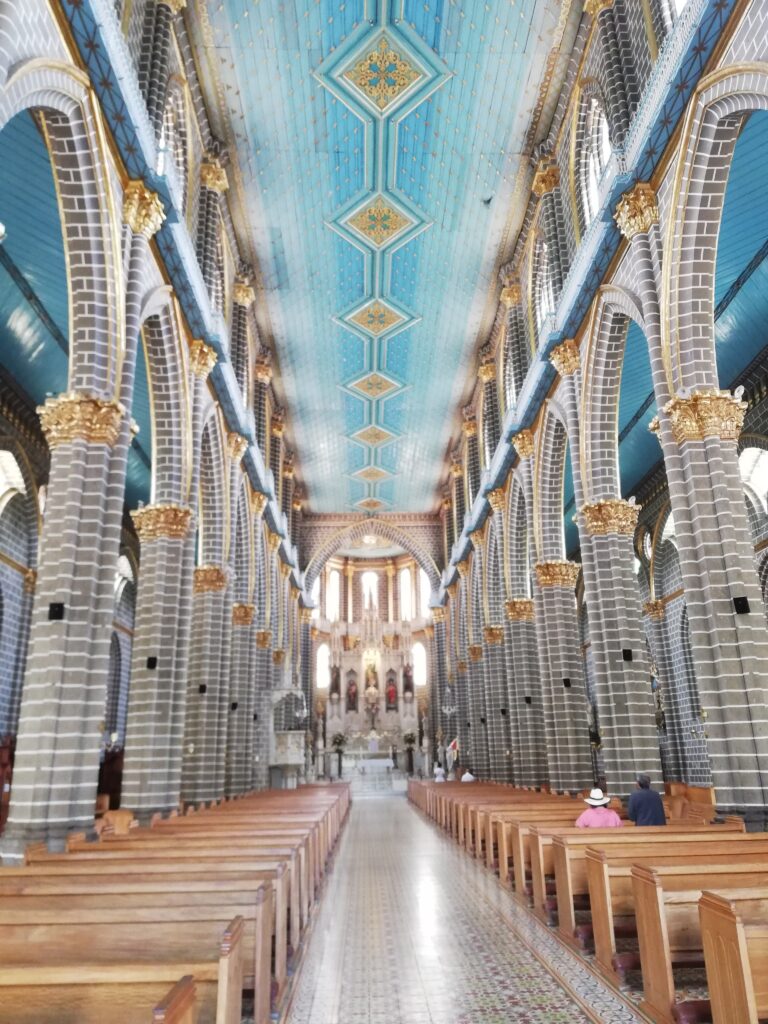
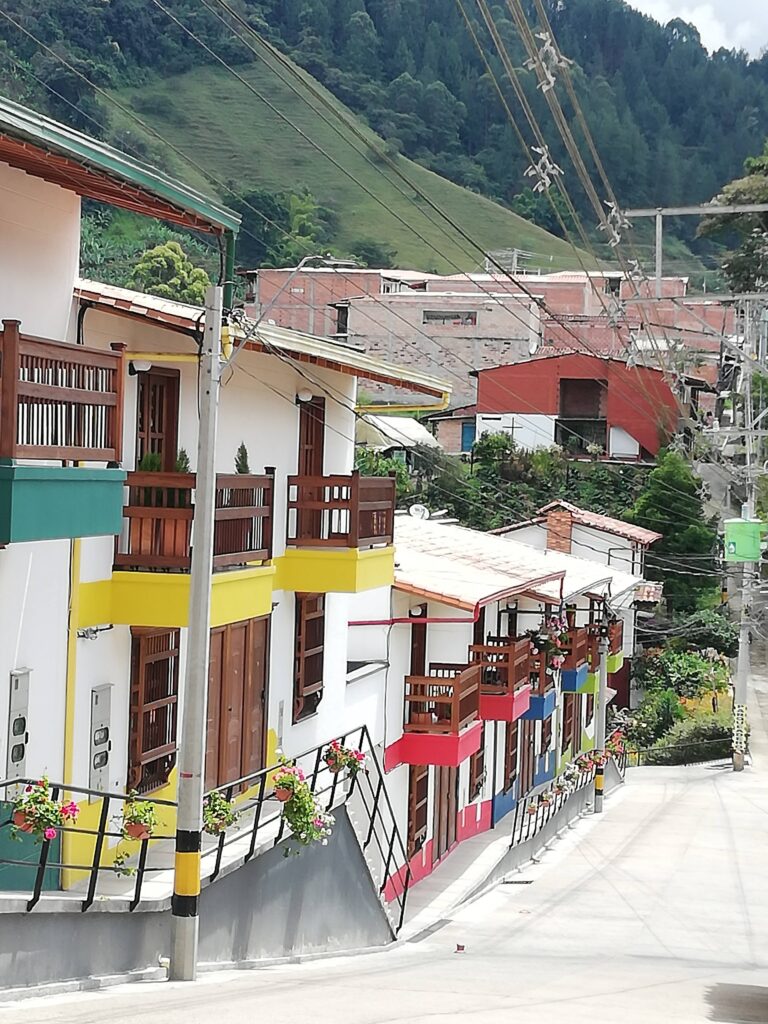
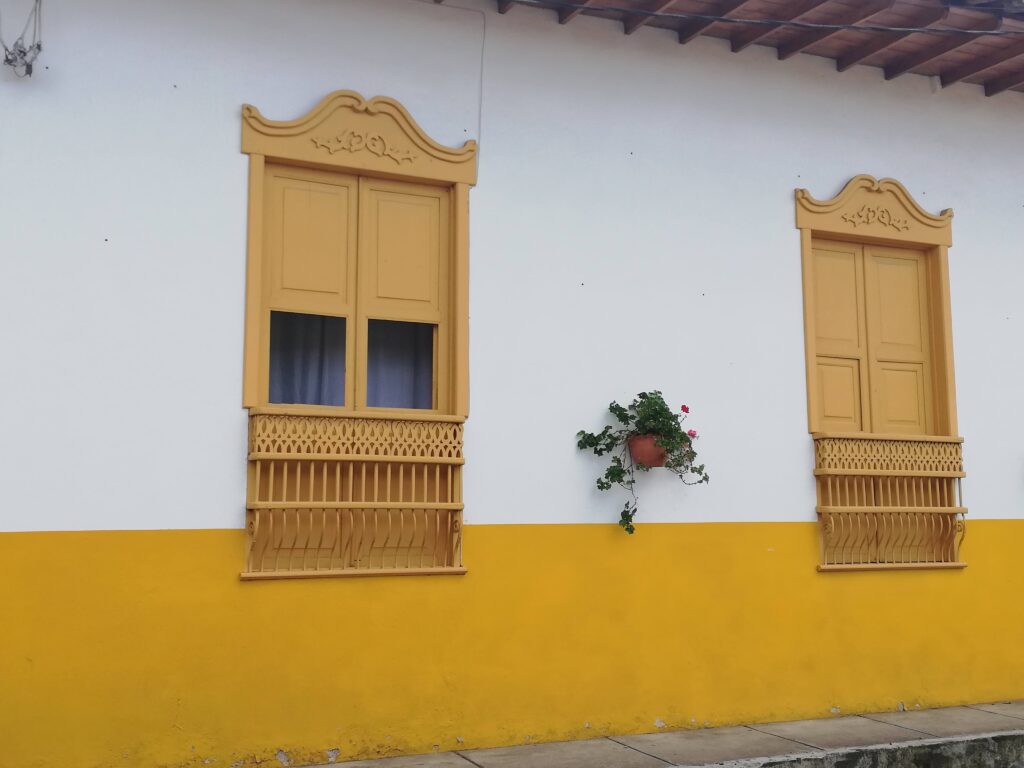
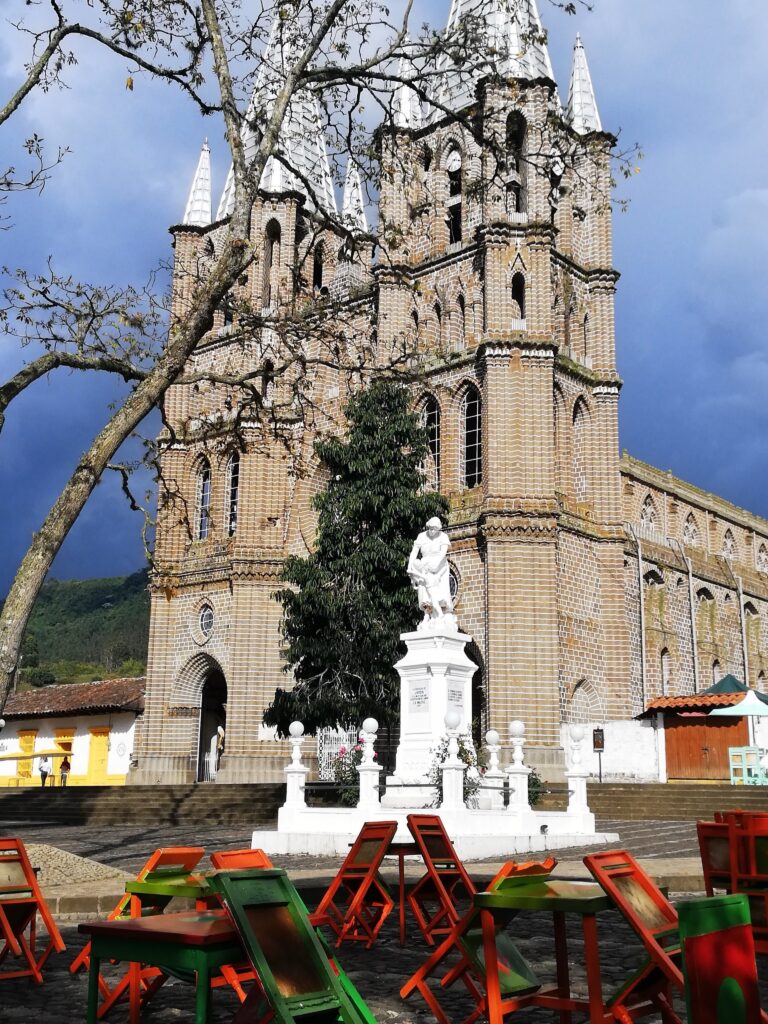
Tourism is slowly becoming a more important source of income here and many small entrepreneurs start organising interesting tours on their fincas (farms) or provide other sources of entertainment.
For example the bee farm: In a lecture of 4,5 hours we learned a lot about bees. We saw a bee variety with the size of ants. And we now know what to feed bees if they have diarrhea. More importantly, the crucial role of bees in the food chain was emphasised and the beekeeper explained how bees are threatened by monoculture and climate change.
Various outdoors activities are also possible in Jardin, such as parapente.




After a nice time in Jardin we went to Salento. The transport of passengers in the Colombian countryside across the mountains takes place by bus. It took 3 buses to get from Jardin to Salento. It had rained the night before, so parts of the road were washed away and trees had to be chopped to continue the narrow road past deep vallies. I guess the praying from the Colombian lady next to me did help as we arrived safely.
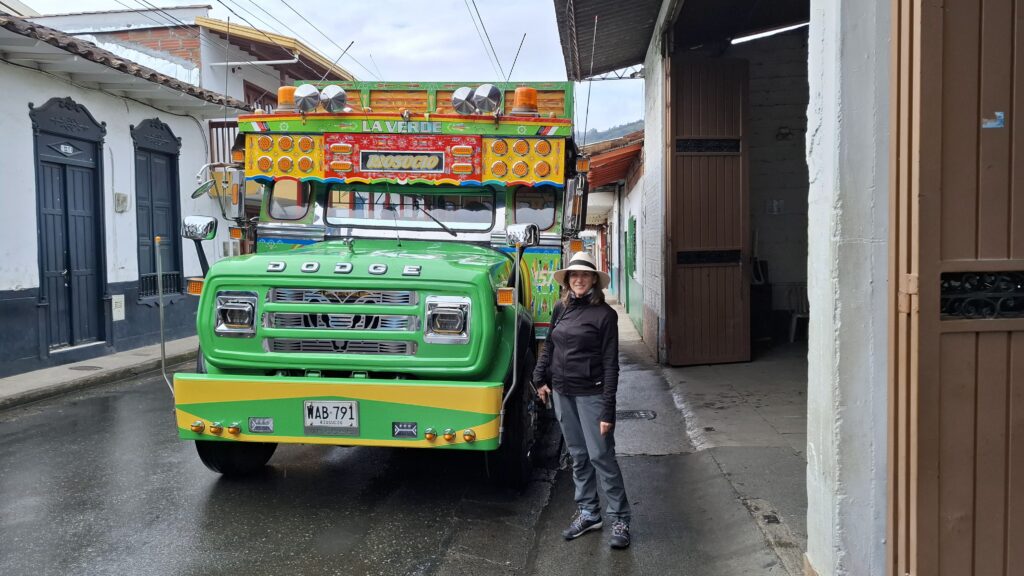
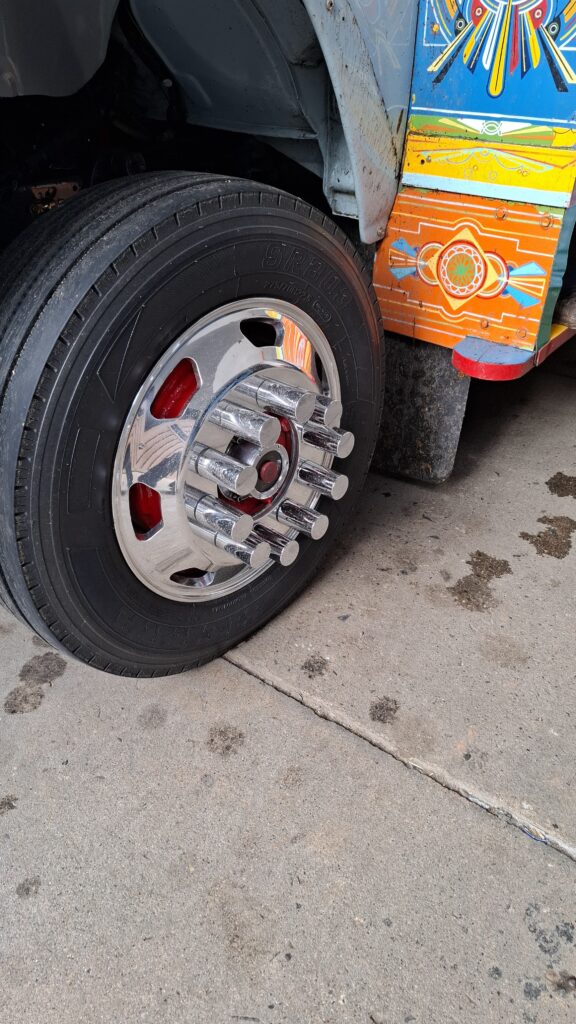
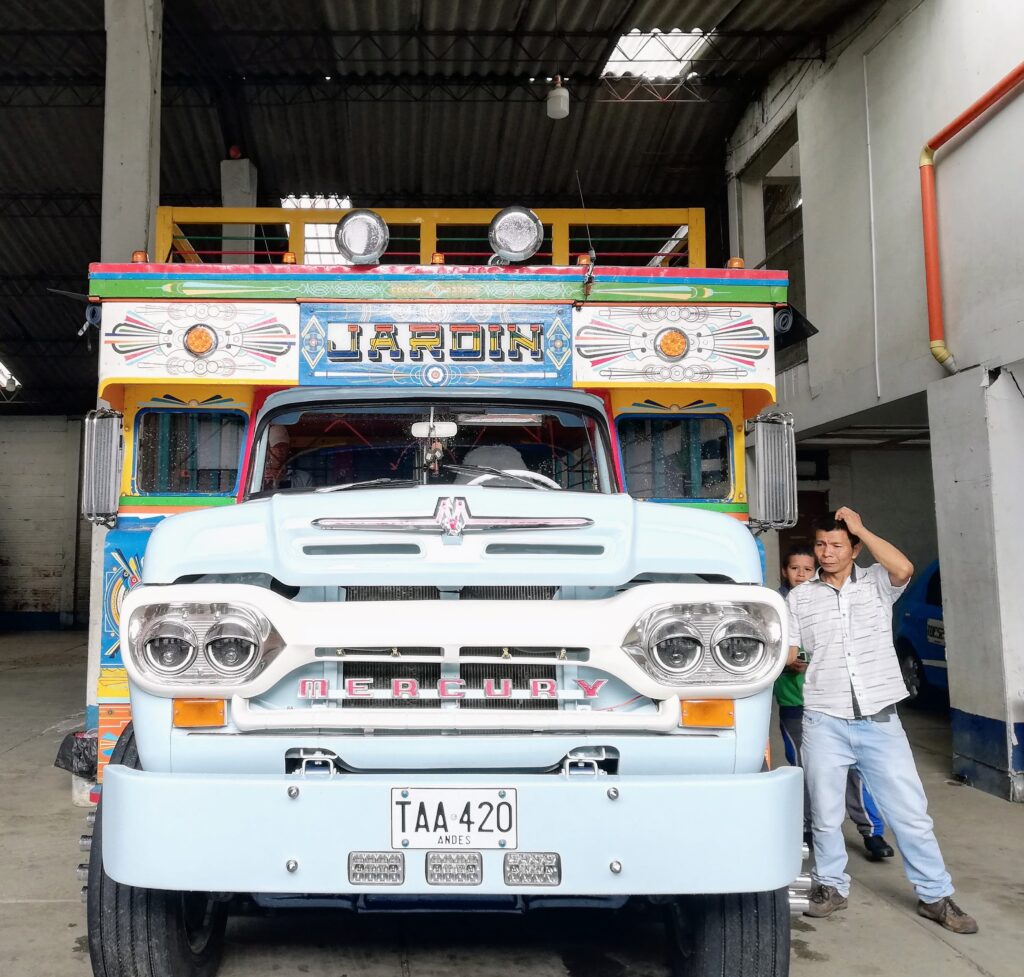
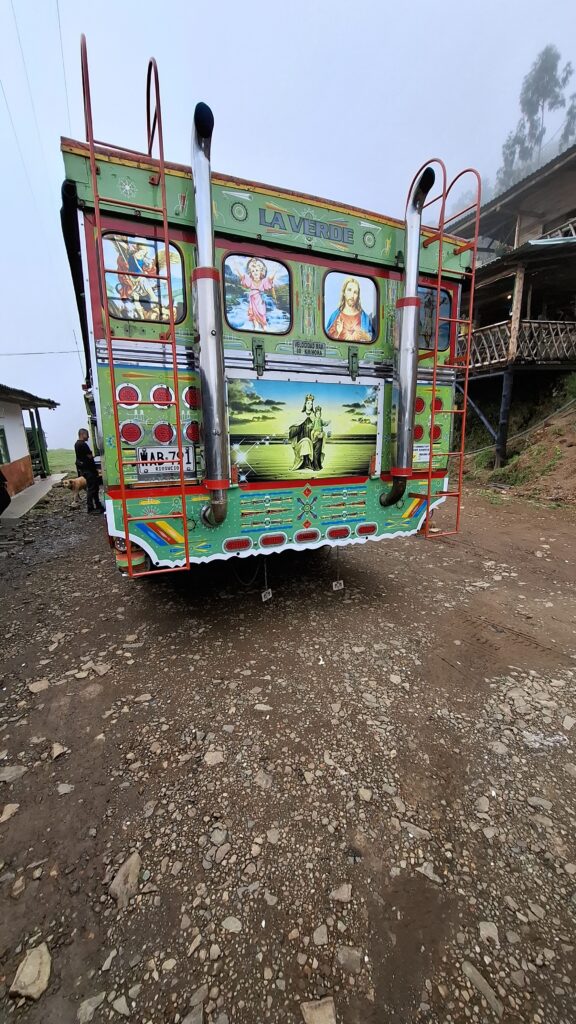
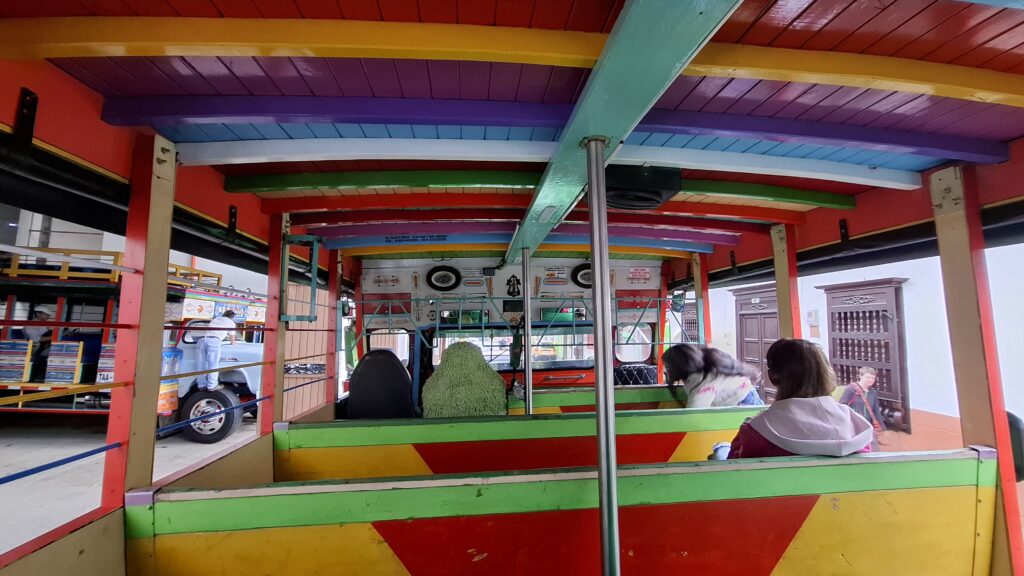
Salento is the hart of the Cocora valley where the tallest palms in the world grow. At this time of the year the mornings in the Cocora valley are mostly sunny, followed invariably by rainy afternoons. So it is best to start a hike early in the morning to have the sunshine at the top. The views of the valley in the sun are indeed spectacular. However, after reaching the top climbing by a broad dry path, the route back goes very steep down by a riverside and some parts of the path are turned into mudslides by the afternoon rains. One of us did not manage to remain entirely clean.









The following day it was Jos’s turn, as a true Dutchman, to step on a bike for an exhilarating ride downhill, arriving back to Salento also covered in mud.
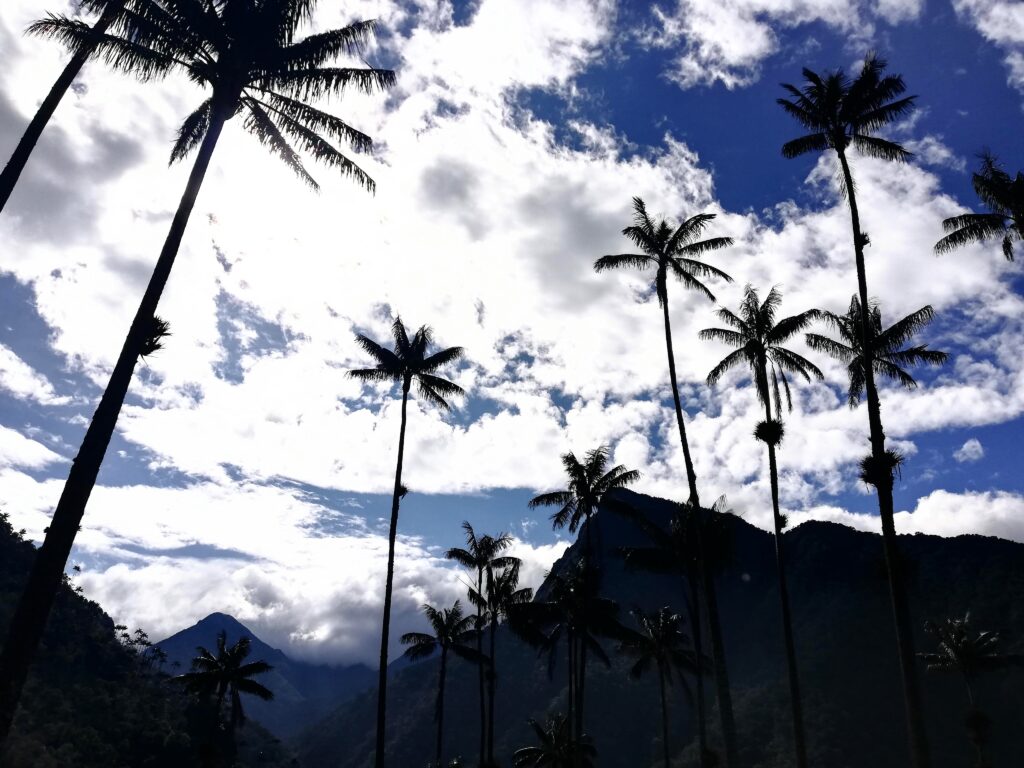
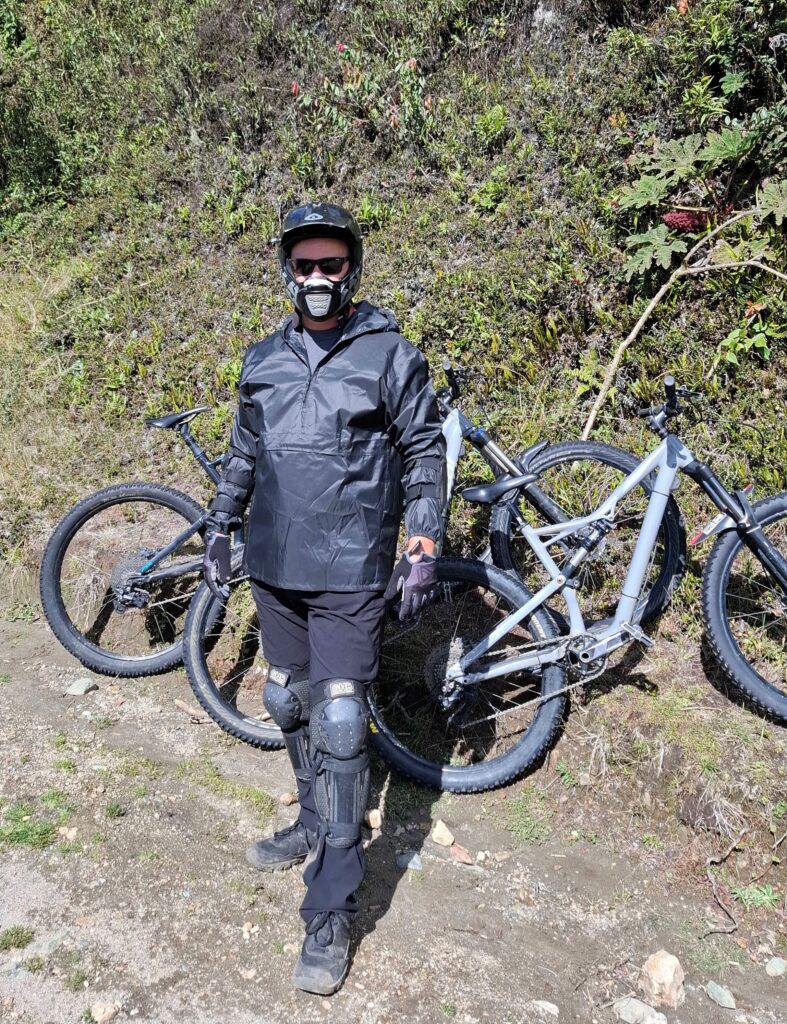
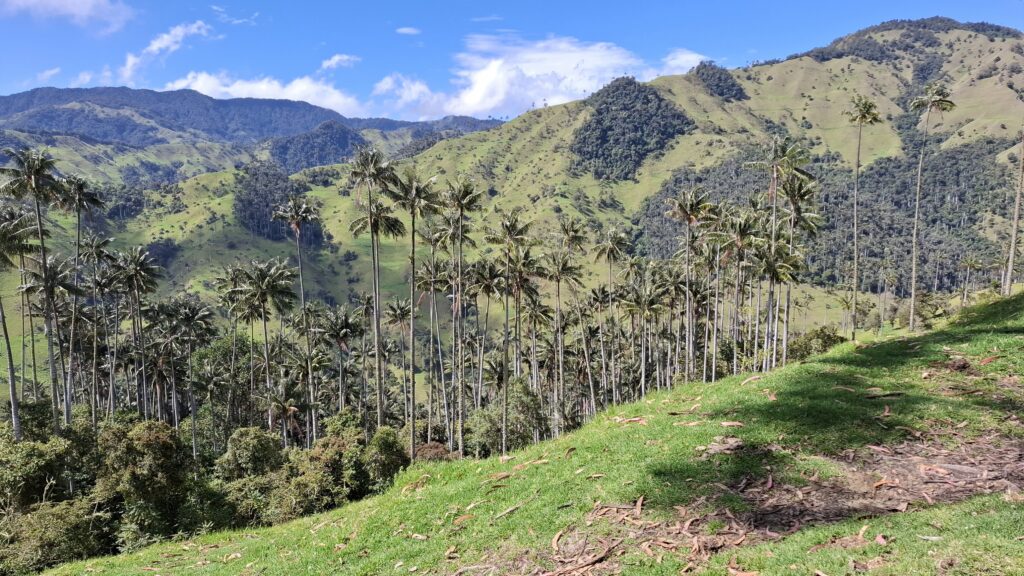
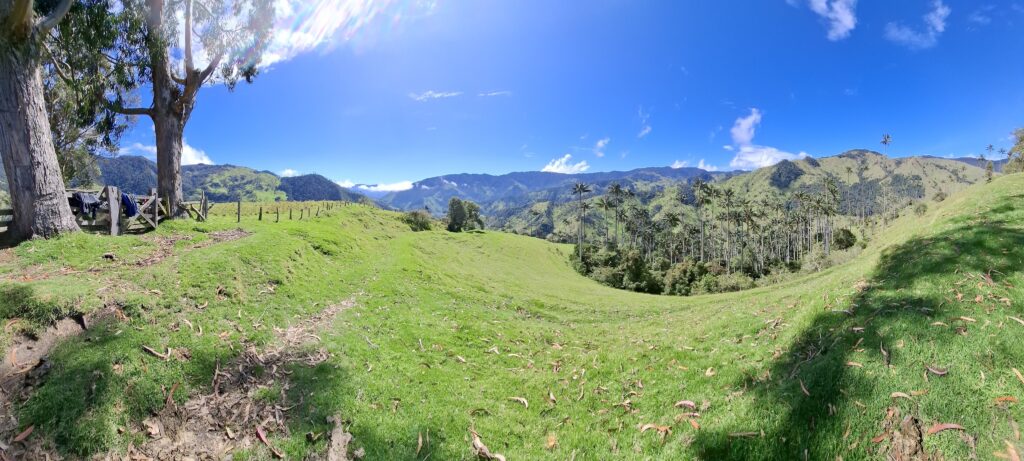
The abundance of mud explains the peculiar game of Tejo, in which a clay disk is thrown at a mud pyramid in which small targets with gunpowder are fixed which explode if the player succeeds in hitting them. It’s a very popular game in Colombia among men, having all their favorite elements: dirt, explosions, and of course every hit being celebrated with beer.

After all these intensive and muddy activities we had a relaxing last day in Colombia visiting the quaint little village of Filandia (without n) during an agricultural fair. The main square was taken up by stands where the coffee farmers praised their products. There was a filter coffee making competition and a drone show. In the spirit of the biodiversity convention taking place in Colombia we talked with a man who went about collecting seeds of endangered trees in order to replant them so as to provide the variety of plants necessary for the sustenance of the bees, as we had already learned in Jardin’s bee farm.





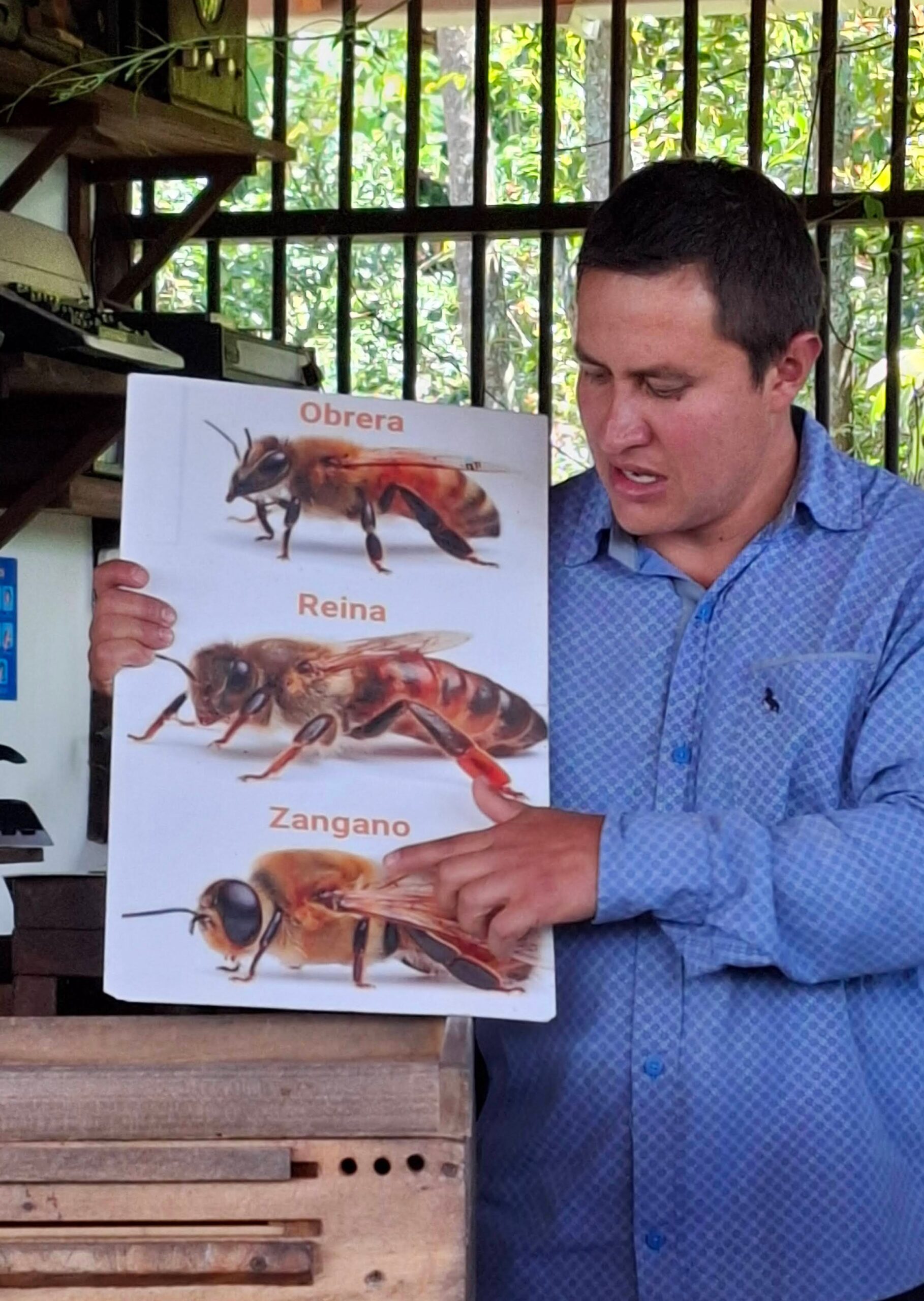
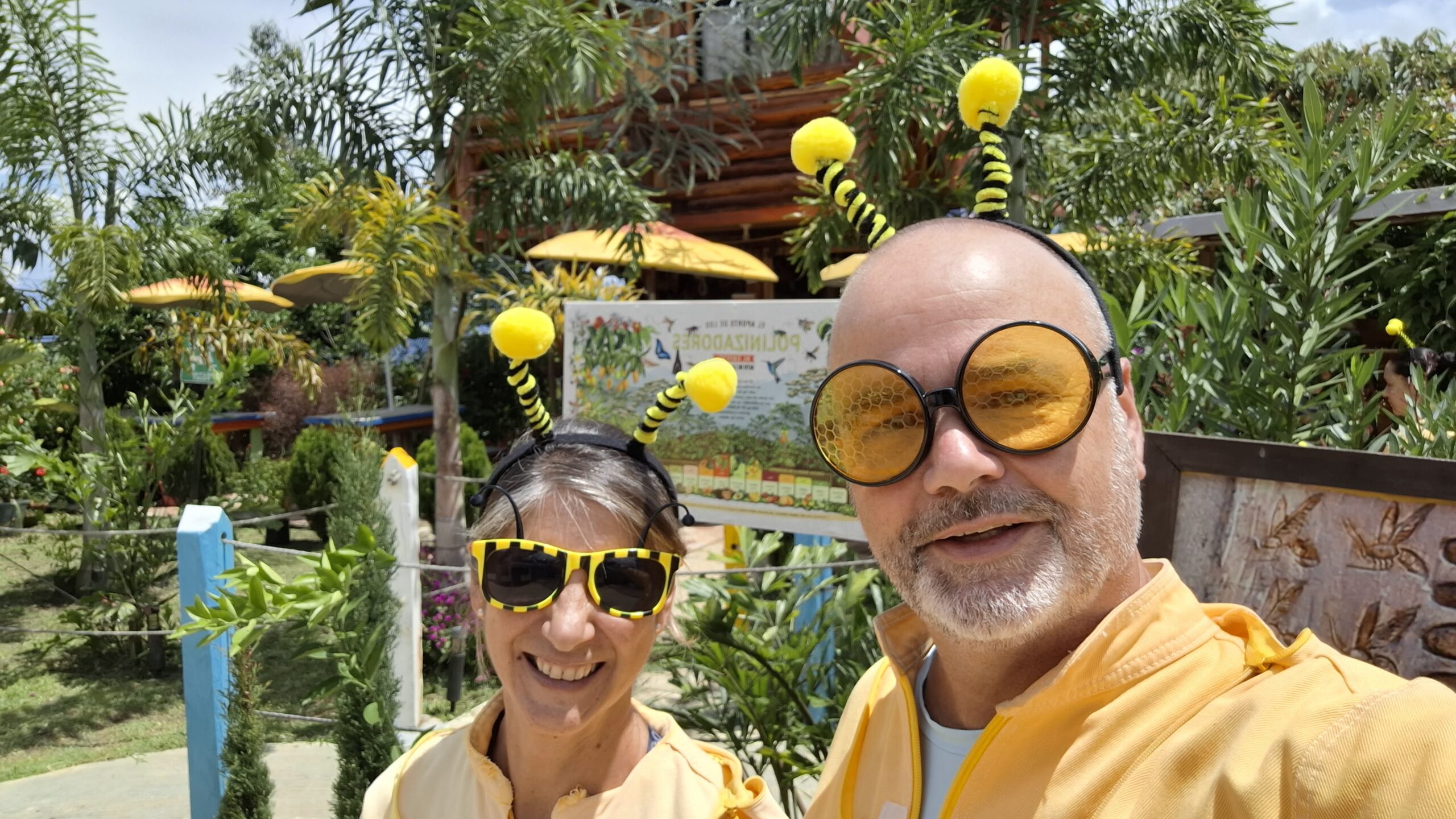
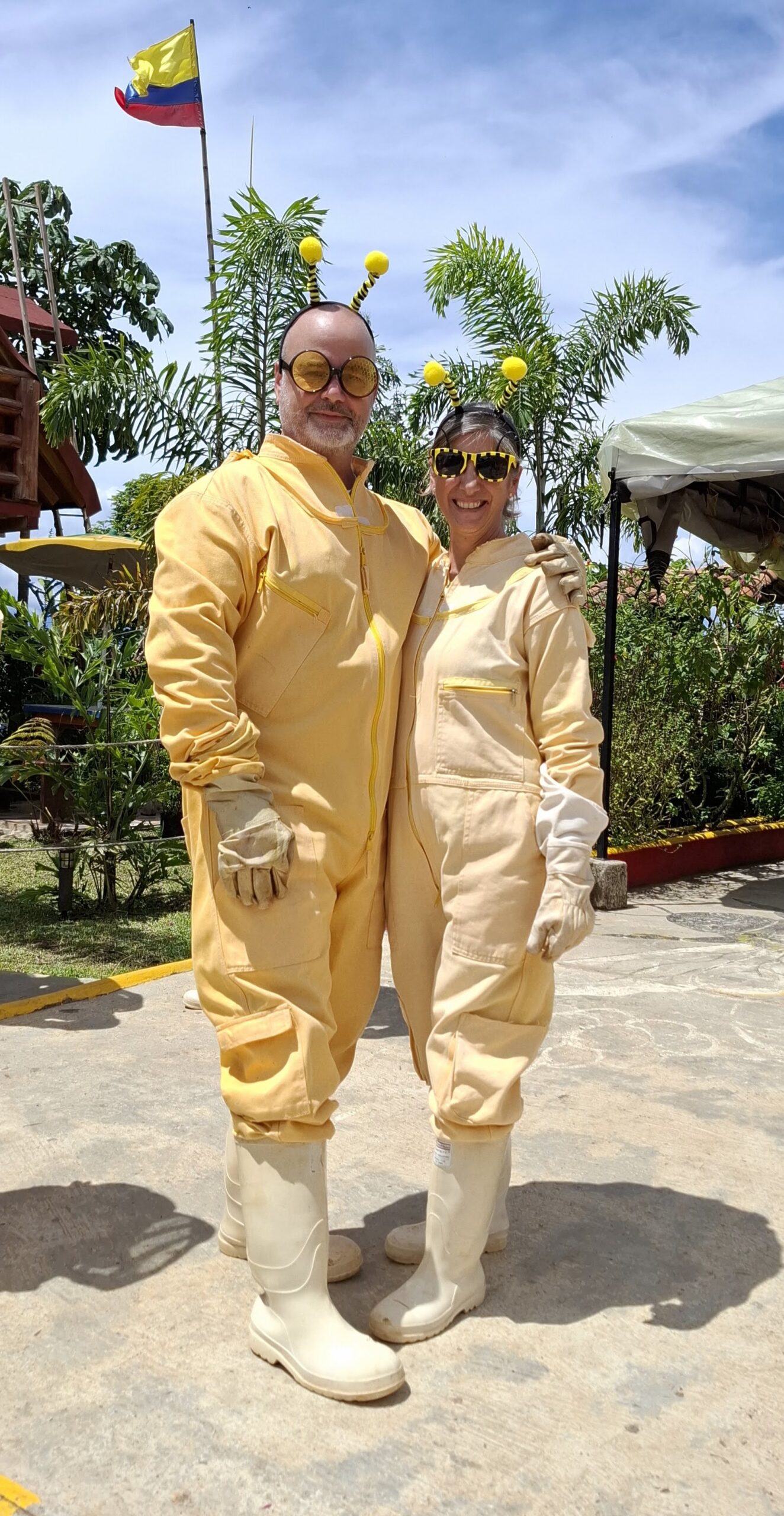
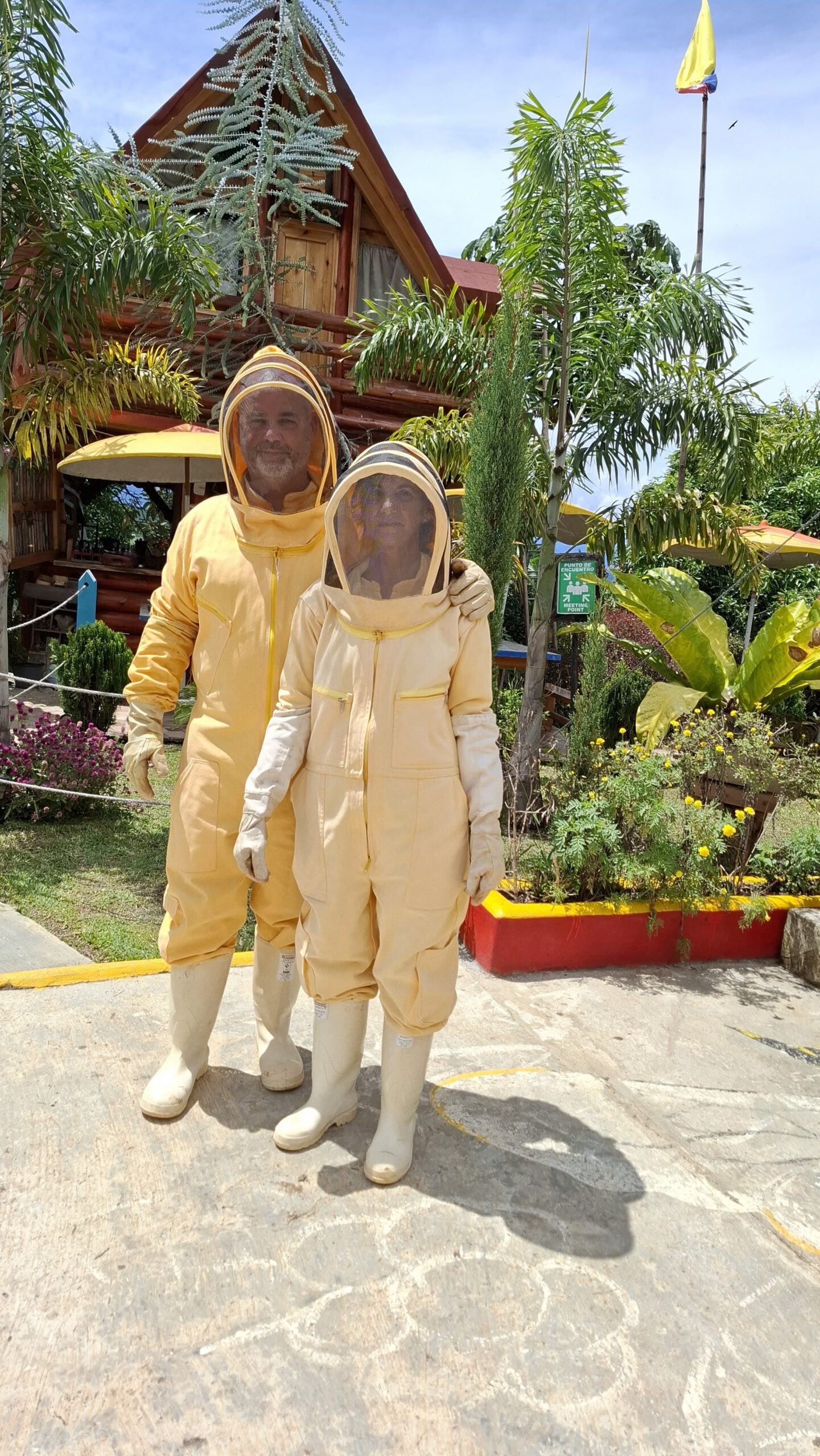
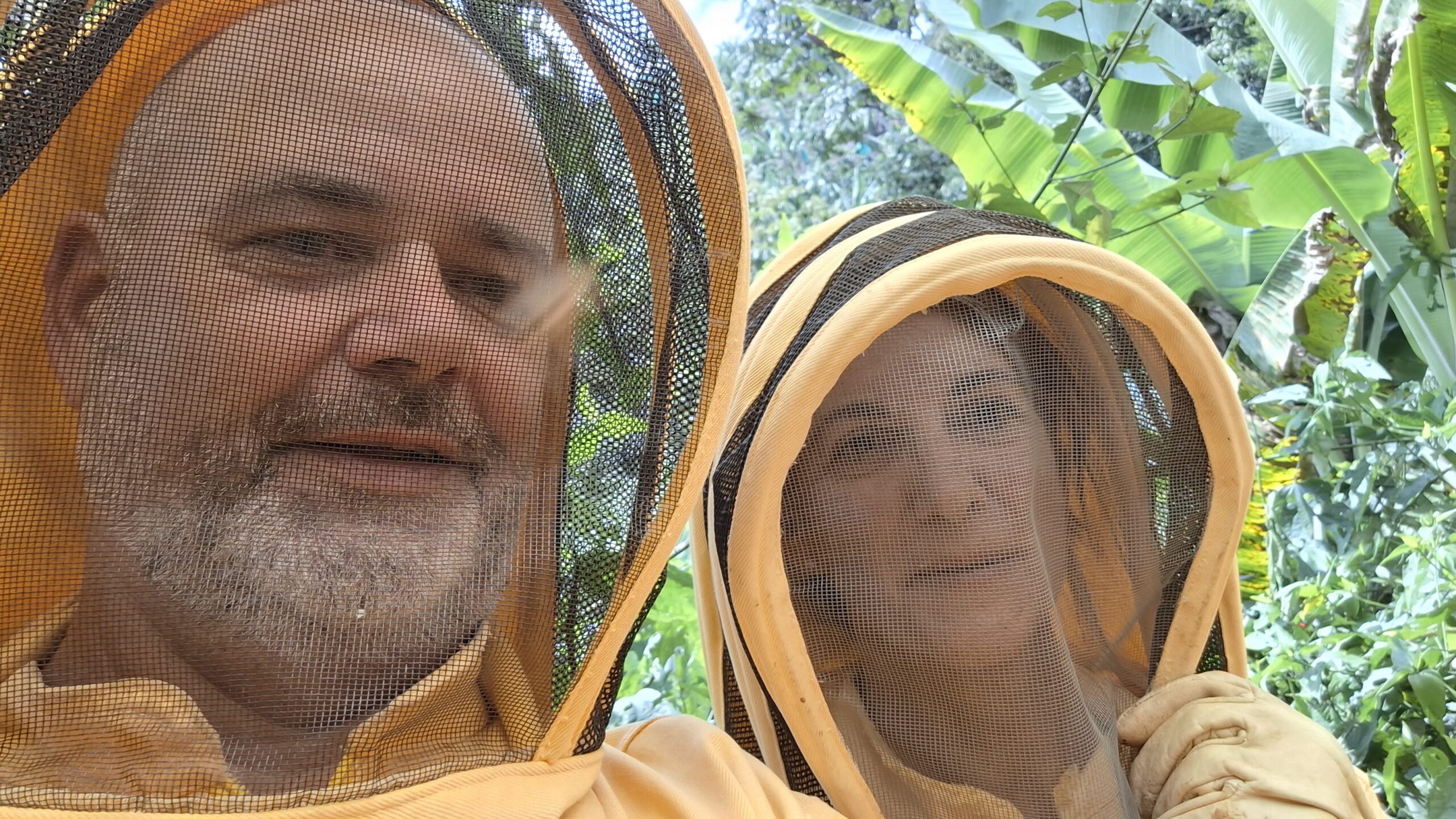
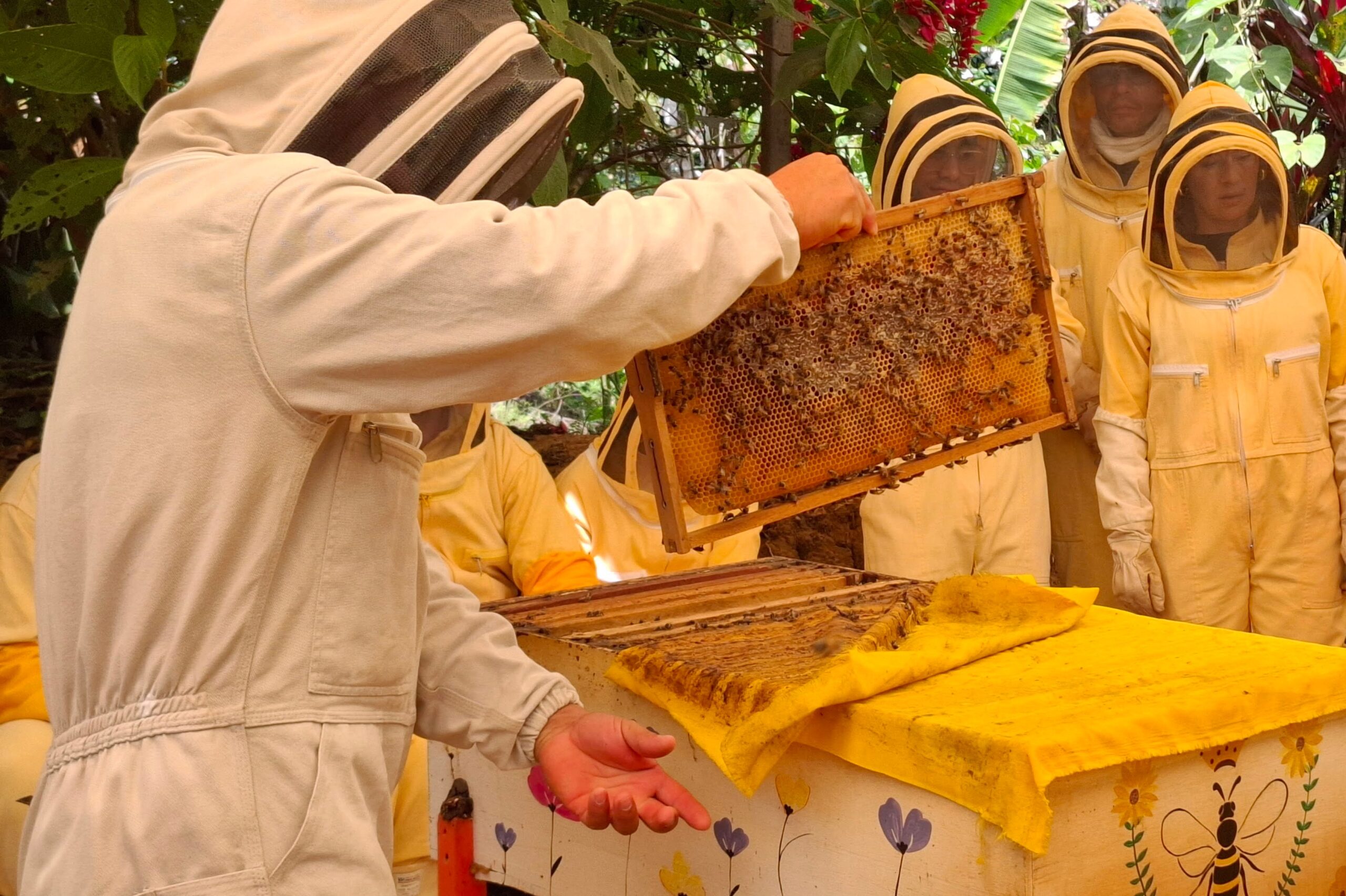
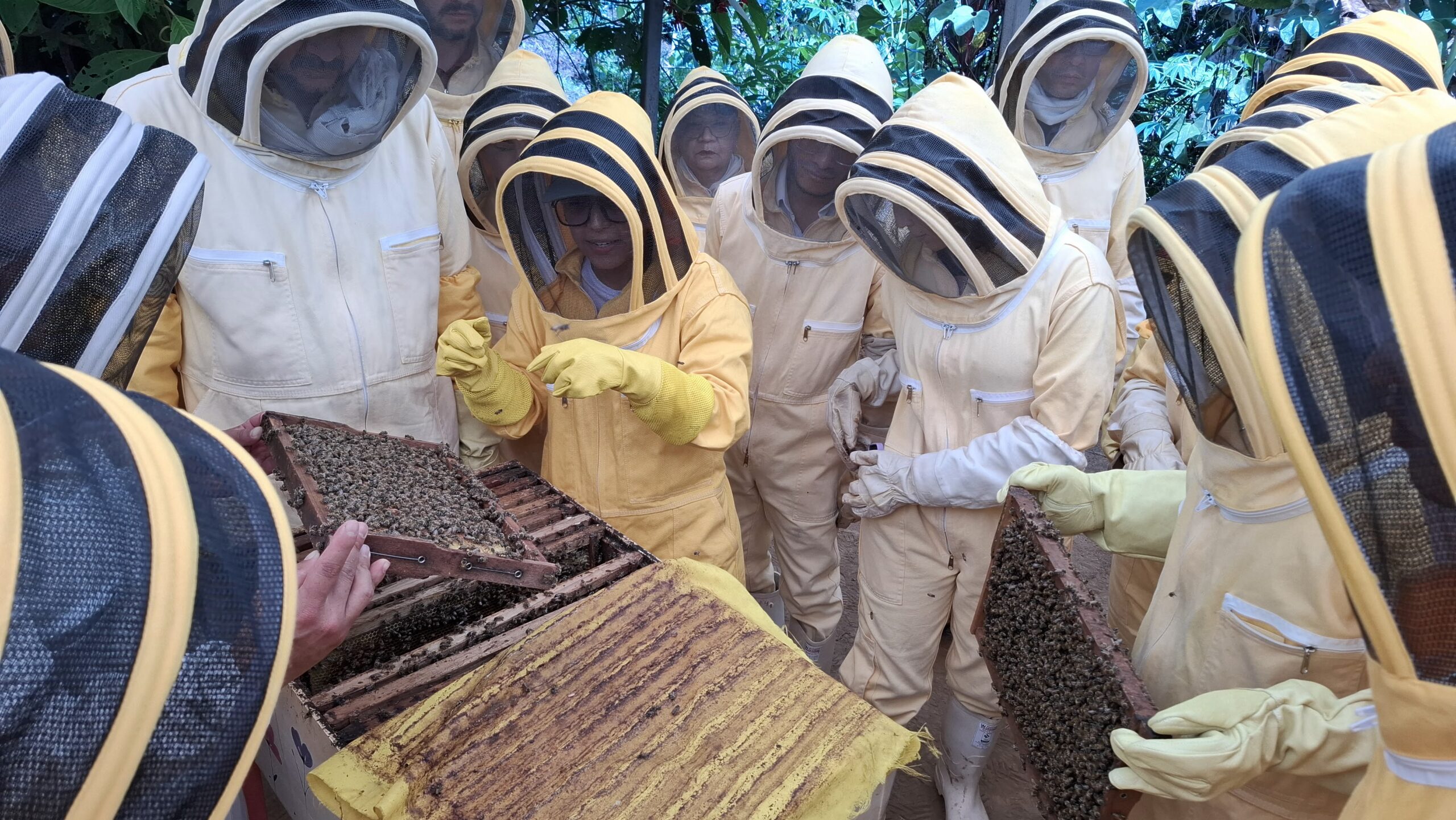
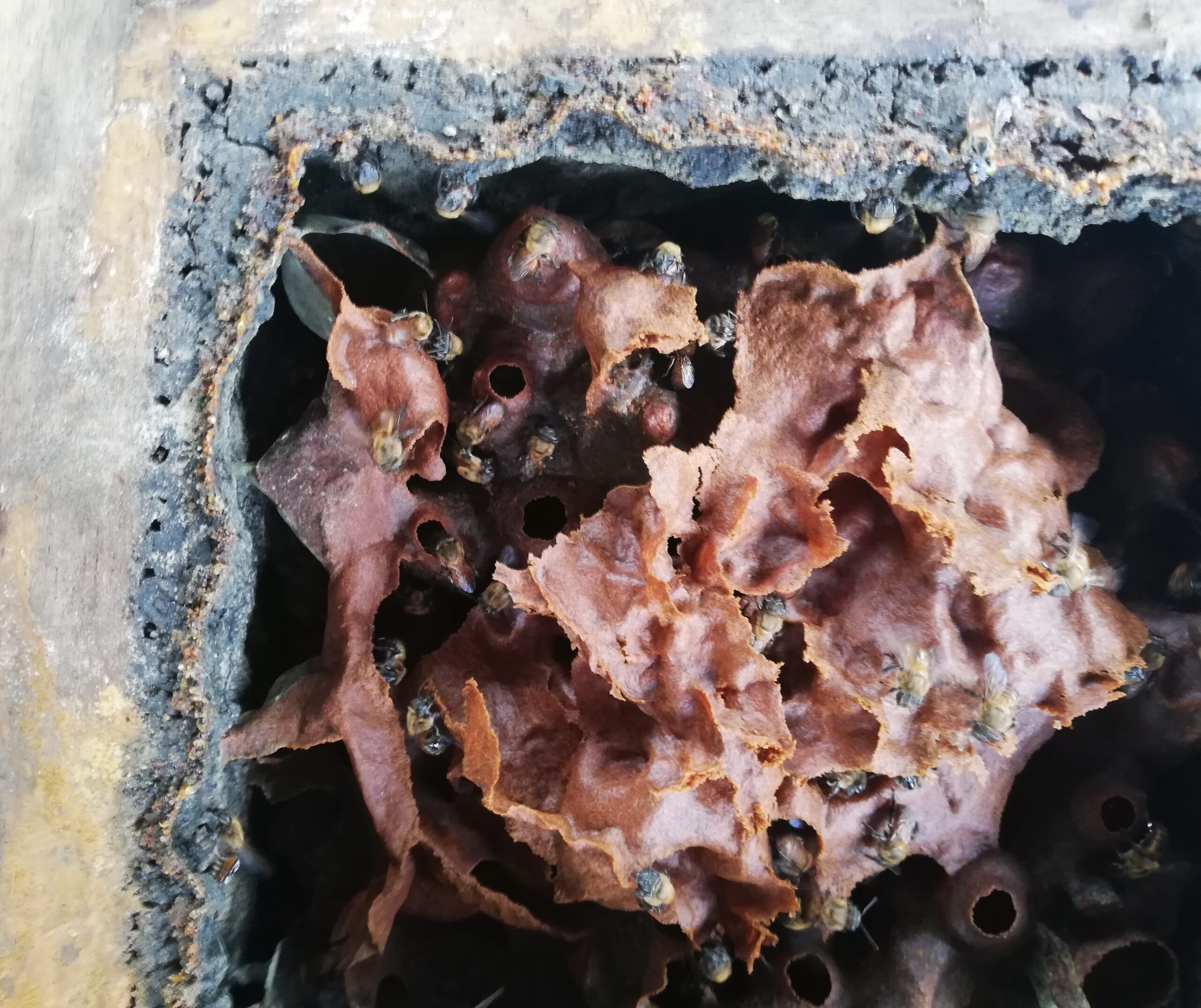

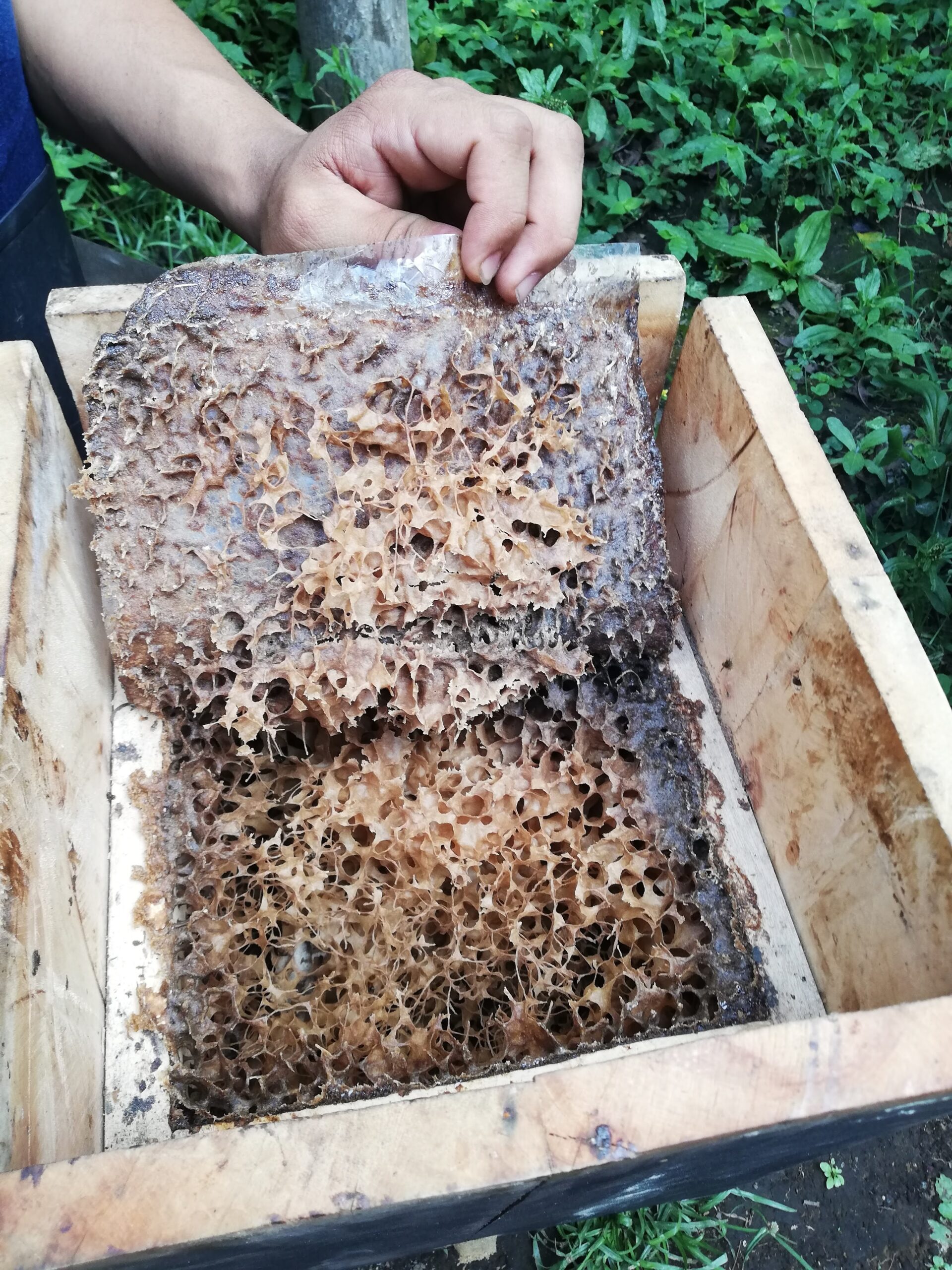
Onder “zeilen” versta ik iets anders dan wat jullie forto’s showen. Maar deze manier van zeilen spreekt mij wel meer aan: wat een mooi verslag van deze schitterende omgeving. Dank daarvoor en geniet er van
Hurricane season is over een maandje voorbij, dan gaan we weer verder met de boot.
Mooie reis Jos, Colombia ziet er ook geweldig uit.